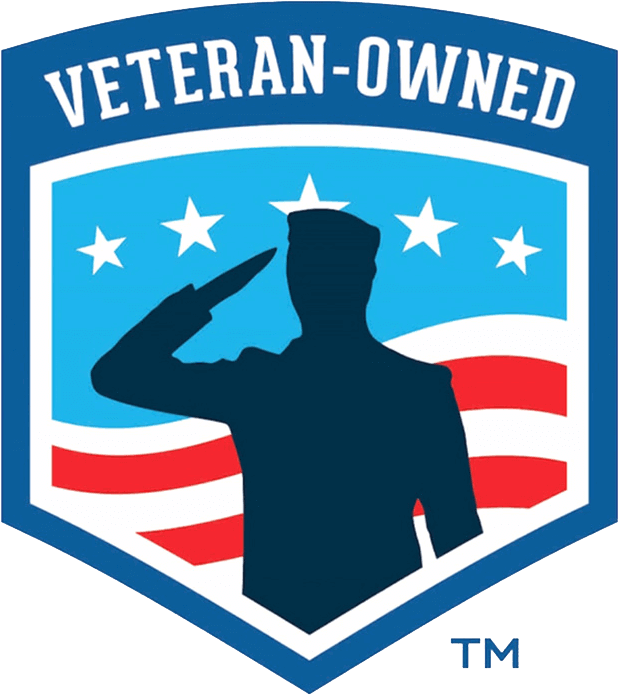Compliance with trucking safety regulations is crucial in the fast-paced world of mileage and deliveries. Drivers and organizations must understand trucking safety regulations in the ever-changing trucking sector.
This blog post covers the complex safety regulations for truck drivers to ensure safety and compliance.
The Safety Regulations For Truck Drivers
Here are six essential safety regulations for truck drivers that must follow when driving a vehicle:
1. The Hours Of Service (HOS) Regulations
Hours of Service (HOS) regulations protect truckers and other road users. Truck drivers must take breaks and drive within these limits. Drivers can stay legal by understanding daily limits, weekly driving restrictions, and break periods.
Recent HOS rules have made driver schedules more flexible while preserving safety. Debate surrounds the effects on driver schedules and road safety, emphasizing the necessity for balancing operational efficiency and driver well-being.
2. The Commercial Driver’s License (CDL) Requirements
Truck drivers must know CDL requirements to drive legally and safely. Examining these standards entails reviewing CDL classes and endorsements, which indicate the vehicle a driver can drive.
CDL regulations may have changed testing procedures or endorsement criteria. Promoting proper licensing ensures drivers have the skills and knowledge to handle various vehicles and cargo, providing safe and legal operations.
3. The Electronic Logging Device (ELD) Mandate
ELD mandates have changed how transportation businesses and drivers maintain and track hours of service. Electronic logging devices must accurately record drivers’ hours. ELDs help reduce paperwork, promote transparency, and ensure HOS compliance. With real-time tracking, greater accuracy, and simplified record-keeping, ELDs improve operational effectiveness and safety compliance.

4. The Vehicle Inspection And Maintenance
Vehicle inspection and maintenance regulations avoid mechanical breakdowns and improve road safety. Talking about car inspection and maintenance safety requirements highlights these regulations. Trucks must be in good functioning order before traveling. Mechanical problems and accidents can be avoided by following maintenance plans. Drivers can reduce road dangers and improve safety by learning and following these standards.
5. The Cargo Securement Standards
Cargo security standards guarantee cargo transportation security. Examining these requirements entails detailing the guidelines for appropriately securing cargo during transit.
Recent updates to cargo securement standards may add or remove requirements. Giving drivers information about these requirements and advice for compliance emphasizes the necessity of reducing transit accidents, spills, and cargo changes. Proper cargo securement improves road safety and eliminates risks.
6. The Mandatory Drug And Alcohol Testing Requirements
To maintain a drug-free trucking workforce, mandatory drug and alcohol testing is necessary. Discussing these standards includes truck driver drug and alcohol testing methodology, frequency, and repercussions.
Testing techniques may have been updated with new technologies or protocols. Promoting a drug- and alcohol-free workplace emphasizes the necessity of safe and responsible shipping. Drivers and trucking businesses must know these regulations to maintain safety and compliance.
Conclusion
Compliance and success in trucking safety regulations require keeping informed. This thorough reference covers basic safety rules for transportation companies and drivers. The trucking industry can navigate these rules with effort and flexibility to maintain safety and a safe and effective transportation network.



